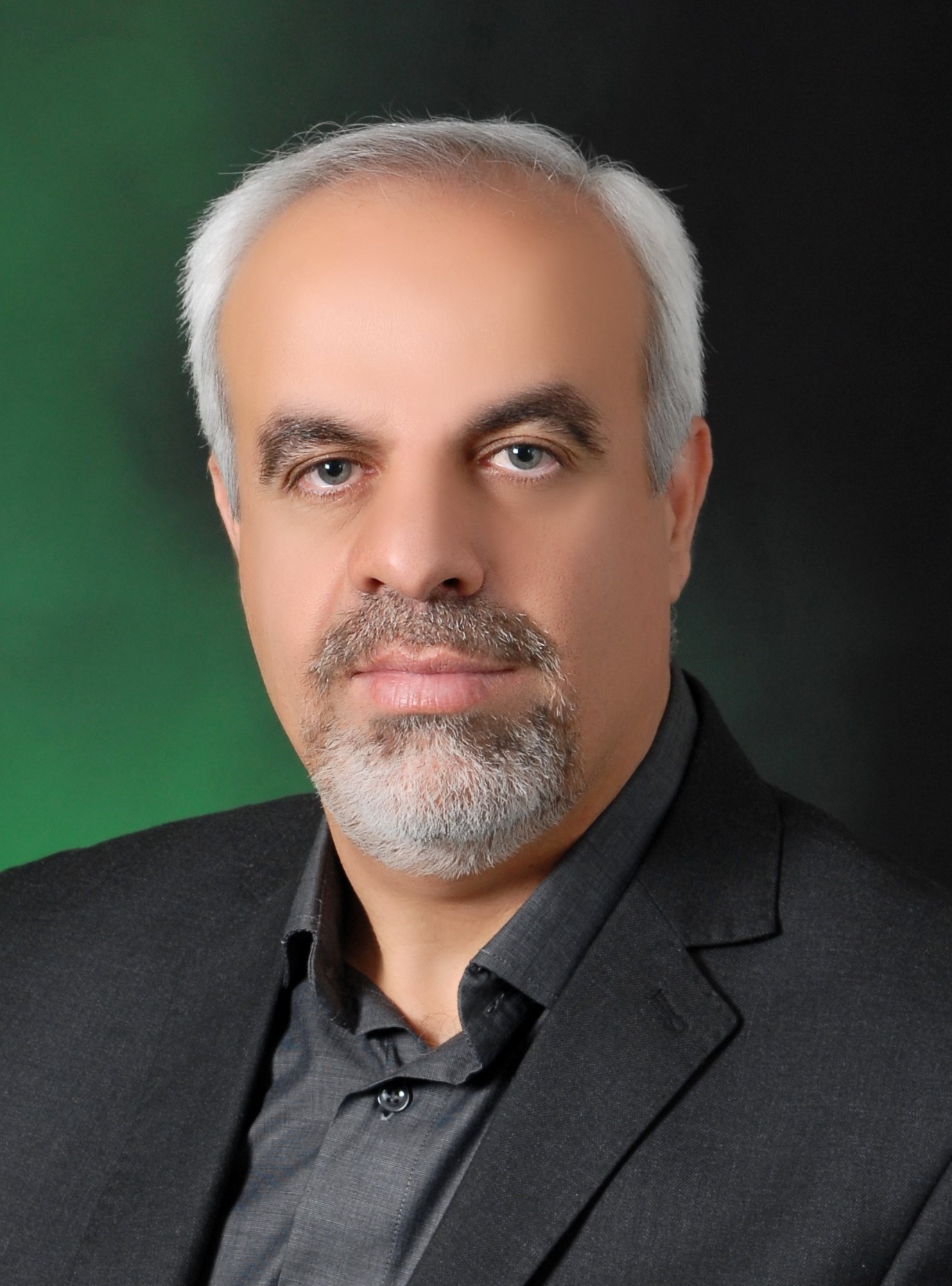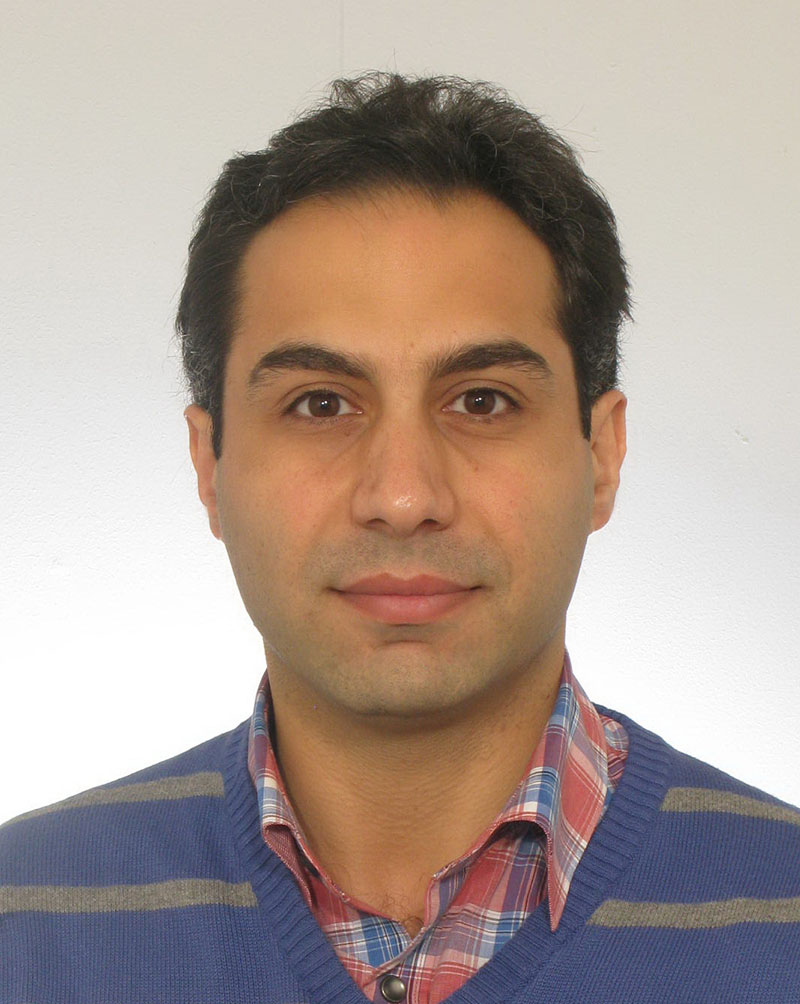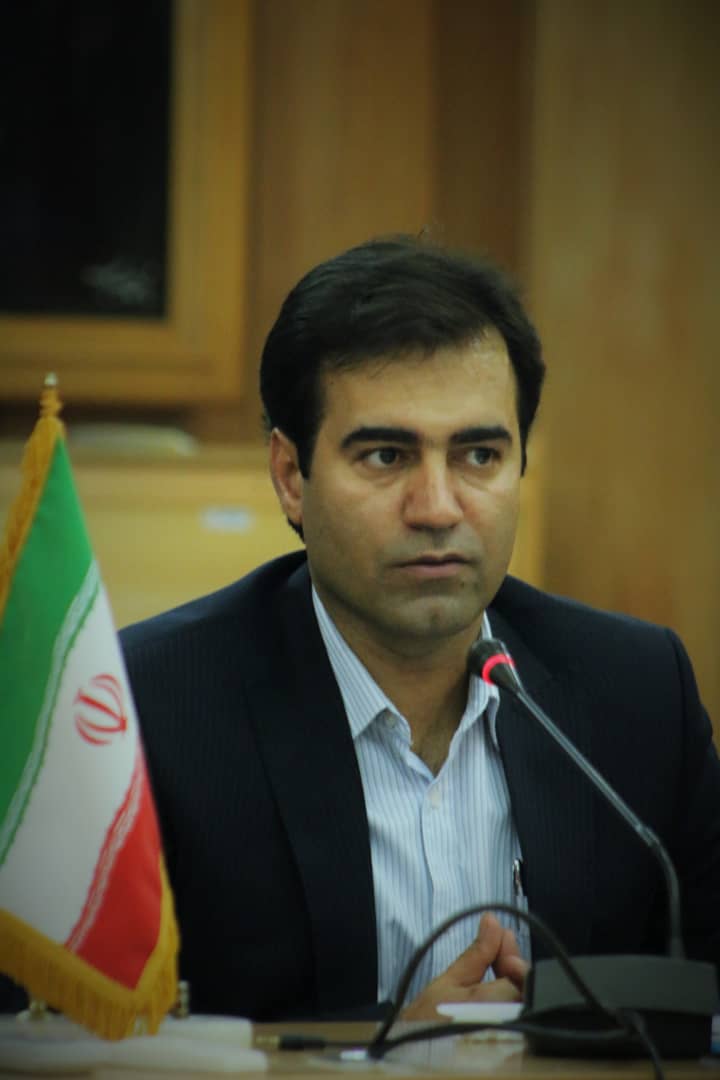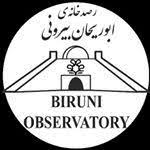Web Content Display
The Astrophysics and Cosmology Group of Shiraz University, has a history of nearly 60 years. Four years after the establishment of the Physics Department in 1960 by Dr. Tamadon Farzaneh, in 1964, Dr. Yousef Sabouti, a famous Iranian astrophysicist who obtained his PhD under the supervision of Nobel laureate Subrahmanyan Chandrasekhar from the University of Chicago, joined the Physics Department. One of the first steps is to start teaching different courses of astronomy and astrophysics by him in 1965 in the Physics Department of Shiraz University. This group is also a leader in launching the first doctoral course in physics in the country, which was made possible by the efforts of Dr. Sabouti in 1988. In 1992, the first PhD in Physics in Iran graduated in the field of Astrophysics and Cosmology from the Physics Department of Shiraz University.
The research activities of this group are theoretical and observational in various fields of cosmology, astrophysics and gravity. In the theoretical part, research is being done in various fields such as the study of star structure, cosmology, binary stars, neutron star structure, star dynamics and evolution, black holes, the theory of general relativity, alternative theories of gravity and dark energy. Observational research is usually carried out with the help of data collection through observational instruments available at the Biruni Observatory of Shiraz University or in collaboration with international teams in areas such as the formation and evolution of galaxies, the study of variable stars and transient astronomical phenomena.
At present, the Astrophysics and Cosmology Group has 5 faculty members, which include two professors, one associate professor and two assistant professors. The Group of Astrophysics and Cosmology has been one of the strongest educational and research groups in the country for a long time, and the faculty members of this group have won many honors in recent years, including Khwarizmi International Award, exemplary professor of the country, selected by the leading federation of Iran in consecutive years, the two members of this group are among the top 1% of scientists in 2019 according to Elsevier and Scopus, and 2% of top scientists in 2020 based on Stanford University's ranking. So far, more than 100 M.Sc students and more than 30 Ph.D students have graduated from this group. About 50 M.Sc and PhD students are currently studying in Astrophysics and Cosmology group.

After receiving his PhD from Amirkabir University of Technology, he joined the Physics Department of Shiraz University in 1997. Dr. Bordbar's favorite field of research is the study of the structure of compact objects, including white dwarfs, neutron stars, hybrid stars, magneto stars, quark stars and gravity stars using hydrostatic equilibrium equations in various gravities, including Einstein gravity, massive gravity and Rainbow gravity.

Dr. Hendi received his PhD in 2007 at Shiraz University and joined Astrophysics and Cosmology group of Shiraz University in 2012. Thermodynamics of black holes, generalized gravity, nonlinear electrodynamics, Analogy between black holes and meta-material/optics, Nonsingular Universe are Dr. Hindi's areas of interest.

He received his PhD in 2013 from the observatory of Leiden University in the Netherlands and since then he has been working as a researcher at the Tehran Institute of Basic Sciences (IPM) for three years. He joined Shiraz University in 2016. His research activity is in the field of observational astrophysics, especially the study of the origin and evolution of galaxies. For this purpose, data from large terrestrial and space telescopes are used to study the structural evolution as well as the change in the rate of star formation of galaxies.
She received her PhD in 2012 from Shiraz University. Dr. Rezaei's research field is physical phenomena in dense and dark astrophysical systems, dark matter, dark energy, large-scale structures, including cosmic excitations, as well as compact objects are some of the astrophysical systems.
Mohamad Hossein Zarei is interested in quantum information and computation and its connection to statistical physics. He is currently working on topological quantum correcting codes which are cornerstones of large scale quantum computing.

He received his PhD from Shiraz University in 2007 and joined the Astrophysics and Cosmology group at Shiraz University in 2012. Dr. Sheykhi's field of research is the study of the duality between thermodynamics and gravity, dark energy models to describe the accelerated expansion of the universe, the thermodynamics of black holes, and holographic superconductors.
The Astrophysics and Cosmology Group of the Physics Department of Shiraz University has been one of the pioneers of observational astronomy in the country with the establishment and operation of the Biruni Observatory of Shiraz University. The construction of this observatory began with the efforts of Dr. Sabouti and with the advice of Professor Robert H. Coch, the head of the Department of Astronomy and Astrophysics at the University of Pennsylvania, and with the cooperation of Professor Edward Guinan from the University of Pennsylvania in 1972 and ended in 1976. The observatory telescope mirror has a diameter of 51 cm and made its first light exposure in 1976. Dr. Guinan was engaged in scientific research activities from 1975 to 1978 in the Physics Department and Biruni Observatory. Since the establishment of the Biruni Observatory, in addition to M.Sc and Ph.D students in the Department of Astrophysics, students from other Iranian universities who have been active in this field have also used the facilities of this observatory for their research work and obtaining observational data. At present, Biruni Observatory operates in three fields of research, education and promotion of astronomy and is still one of the leading observatories in Iran. Dr. Mosleh is the chair of Biruni observatory. For more information one can visit


